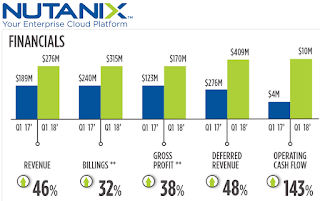Zayo has been selected to provide a private dedicated network (PDN) for New Cross Pacific (NCP) US Backhaul group, comprised of Chunghwa Telecom, KT Corporation, China Telecom, China Mobile International and China Unicom.
Zayo's PDN will be used to backhaul traffic from NCP's U.S. landing station across the western United States.
 The NCP subsea cable, which spans more than 13,000km (8,000 miles), will link Asian landing stations in Chongming, Nanhui, Lingang, Busan, Toucheng and Maruyama with its U.S. landing station in Hillsboro, Oregon. The NCP subsea cable is expected to land in the next few months, providing capacity that can scale up to 80 Tbps.
The NCP subsea cable, which spans more than 13,000km (8,000 miles), will link Asian landing stations in Chongming, Nanhui, Lingang, Busan, Toucheng and Maruyama with its U.S. landing station in Hillsboro, Oregon. The NCP subsea cable is expected to land in the next few months, providing capacity that can scale up to 80 Tbps.
Zayo’s 4,300km (2,700 mile) backhaul solution will provide NCP’s US Backhaul group with connectivity from the landing station throughout the West Coast, including San Jose and Los Angeles, with connectivity options throughout North America. The PDN solution provides dark fiber as well as a full range of managed fiber solutions.
“This milestone agreement leverages our dense fiber connectivity across the west coast to cable landing stations and provides the group with a high-capacity solution that we can turn up quickly and efficiently,” said Jack Waters, CTO and president of Fiber Solutions at Zayo. “Zayo’s recent acquisition of Electric Lightwave this year has been pivotal, enabling Zayo to provide a high-capacity solution of this scope and scale.”
Zayo's PDN will be used to backhaul traffic from NCP's U.S. landing station across the western United States.
 The NCP subsea cable, which spans more than 13,000km (8,000 miles), will link Asian landing stations in Chongming, Nanhui, Lingang, Busan, Toucheng and Maruyama with its U.S. landing station in Hillsboro, Oregon. The NCP subsea cable is expected to land in the next few months, providing capacity that can scale up to 80 Tbps.
The NCP subsea cable, which spans more than 13,000km (8,000 miles), will link Asian landing stations in Chongming, Nanhui, Lingang, Busan, Toucheng and Maruyama with its U.S. landing station in Hillsboro, Oregon. The NCP subsea cable is expected to land in the next few months, providing capacity that can scale up to 80 Tbps.Zayo’s 4,300km (2,700 mile) backhaul solution will provide NCP’s US Backhaul group with connectivity from the landing station throughout the West Coast, including San Jose and Los Angeles, with connectivity options throughout North America. The PDN solution provides dark fiber as well as a full range of managed fiber solutions.
“This milestone agreement leverages our dense fiber connectivity across the west coast to cable landing stations and provides the group with a high-capacity solution that we can turn up quickly and efficiently,” said Jack Waters, CTO and president of Fiber Solutions at Zayo. “Zayo’s recent acquisition of Electric Lightwave this year has been pivotal, enabling Zayo to provide a high-capacity solution of this scope and scale.”












































